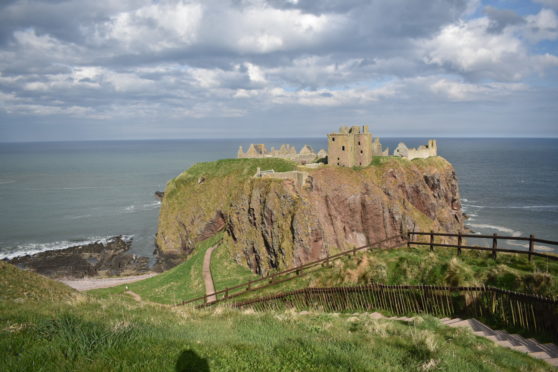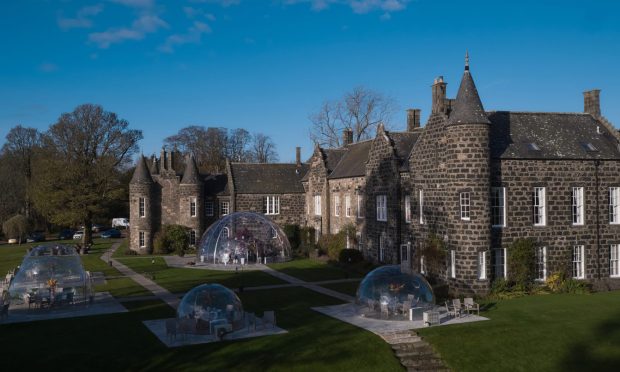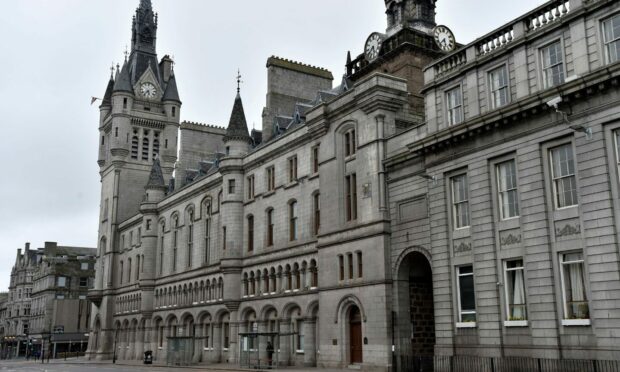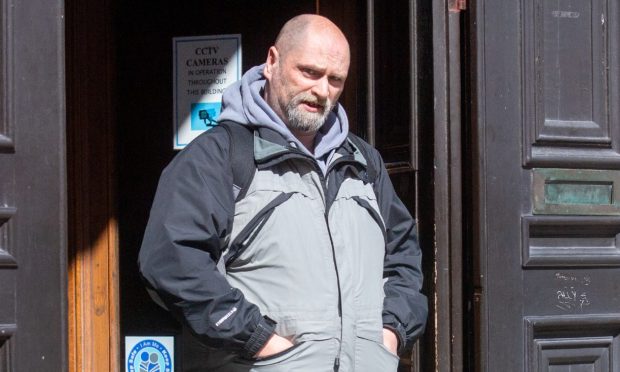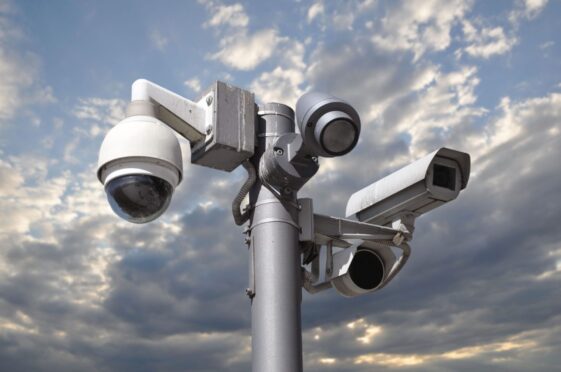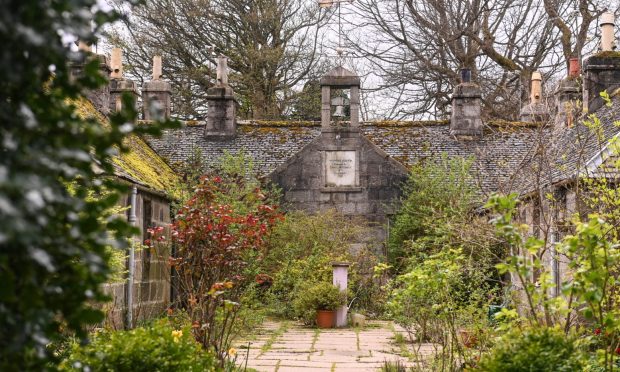Police are investigating after an intruder forced their way into Dunottar Castle by sawing through a 100-year-old door.
The main door, built in the 1920’s, was splintered apart using a mechanical saw.
The vandal, once inside, made another attempt to get into another locked building before leaving the scene.
Police were alerted after a passing jogger noticed the damage.
The incident took place at some point between 4pm on Wednesday and 9am today.
Constable Graeme Robertson said: “Currently we are trying to narrow the time frame as to when this took place.
“I would appeal to all joggers, metal detectors and other members of the public to report anything they may have seen, no matter how seemingly insignificant.
“This is damage to a property of historic importance, not only to the residents of Stonehaven, that it overlooks, but to Scotland.”
In April, several deep cuts were found in castle’s wooden door in a similar incident.
Jim Wands, the custodian of Dunnottar Castle, noticed the damage on that occasion and told the Press and Journal “nothing like it” had ever happened before.
North-east MSP Liam Kerr branded the latest incident “absolutely appalling”.
He said: “The damage which has been sustained to such a historic and iconic landmark in the north-east is despicable.
“It’s more important than ever that we protect our beauty spots during such a difficult time.
“I would encourage anyone to get in contact with the police if they have any information which could help officers with their investigation.”
The surviving buildings of Dunnottar Castle are largely of the 15th and 16th centuries, but the site is believed to have been fortified in the Early Middle Ages.
Dunnottar has played a prominent role in the history of Scotland through to the 18th-century Jacobite risings because of its strategic location and defensive strength.
